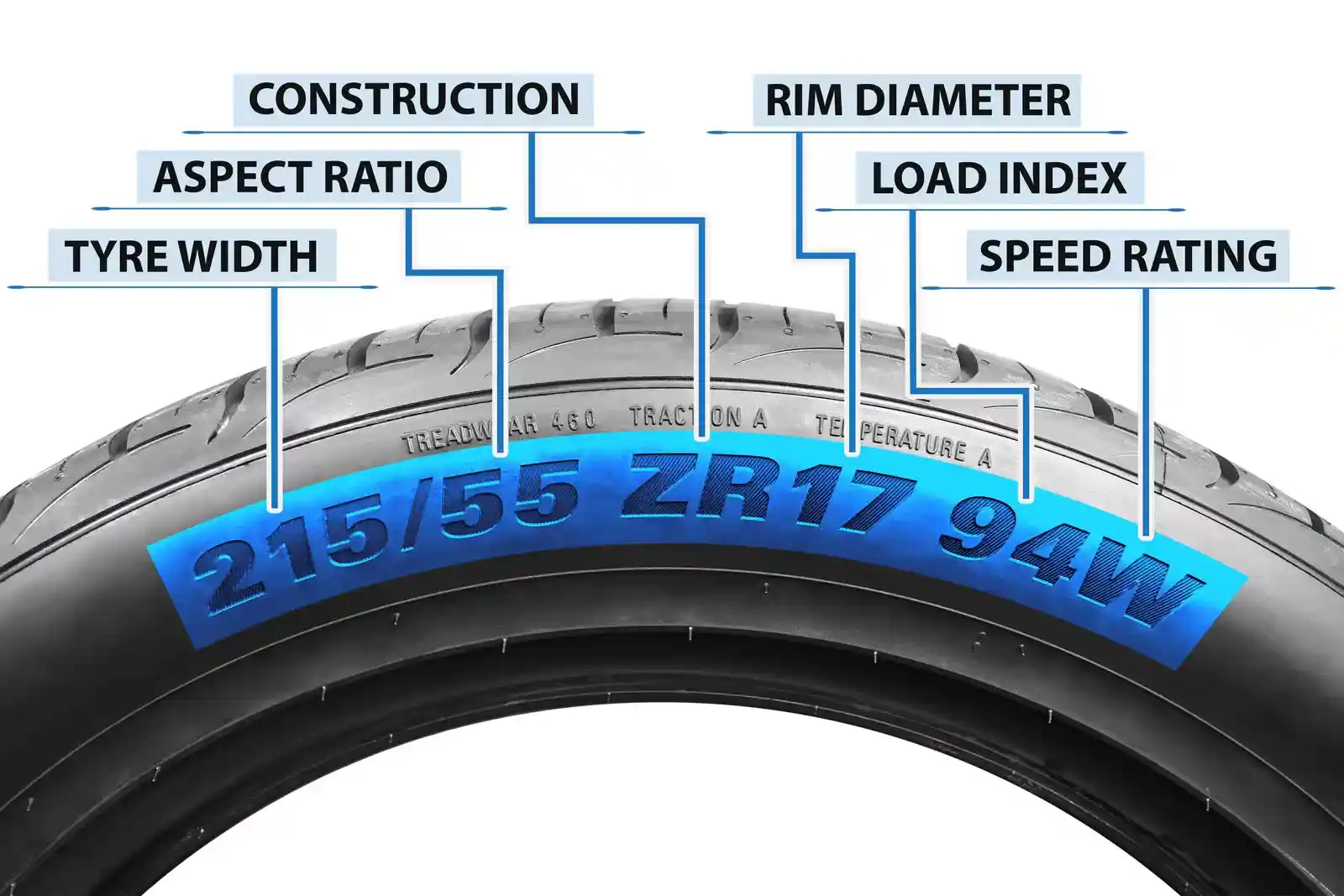Tire Load Index: What It Is and How to Read It Correctly

Tire Load Index: What It Is and How to Read It Correctly
When selecting new tires for your car, one of the most crucial yet often overlooked factors is the tire load index. This rating determines how much weight a tire can safely support, impacting your vehicle’s performance, safety, and longevity.
Understanding how to read the tire load index ensures you choose the right tires for your driving needs. In this guide, we’ll explain the importance of the tire load index, how to interpret it, and why choosing the right tires is essential for road safety. If you’re looking for high-quality tires, visit Djantite.BG for the best selection at competitive prices.
What Is the Tire Load Index?
The tire load index is a numerical value found on the tire sidewall, indicating the maximum weight that a single tire can carry when properly inflated. This rating is crucial for maintaining safety, preventing tire failure, and ensuring optimal vehicle performance.
For example, if a tire has a load index of 91, it can support up to 615 kg. Multiply this by four tires, and you get the total weight capacity of your car's tires.
Where to Find the Tire Load Index?
The tire load index is typically located on the sidewall of the tire. It appears as part of the tire size information, for example:
225/45 R17 91W
In this case:
225 – Tire width in millimeters
45 – Aspect ratio (height-to-width ratio)
R17 – Rim diameter in inches
91 – Load index (which means each tire can carry 615 kg)
W – Speed rating
Tire Load Index Chart
Here’s a quick reference chart to help you understand common tire load index values:
Load Index Max Weight per Tire (kg)
85 - 515 kg
88 - 560 kg
91 - 615 kg
94 - 670 kg
98 - 750 kg
100 - 800 kg
110 - 1060 kg
It’s crucial to follow the manufacturer’s recommended load index to avoid overloading your tires, which can lead to blowouts or uneven wear.
Why Is the Tire Load Index Important?
Safety – Overloading your tires increases the risk of tire failure, poor handling, and longer braking distances.
Longevity – Using the correct load index extends tire life by preventing excessive wear.
Fuel Efficiency – The right load index helps maintain fuel economy by reducing rolling resistance.
Legal Compliance – Driving with an incorrect load index may result in fines or vehicle safety violations.
Can You Use Tires with a Different Load Index?
Yes, but with caution:
Higher Load Index – A tire with a higher load index than recommended is generally safe and may offer better durability.
Lower Load Index – Using a tire with a lower load index than required can compromise safety, lead to uneven wear, and potentially void warranties.
How to Choose the Right Tires for Your Car?
When selecting new tires, consider the following:
Check Your Car’s Manual – The manufacturer’s specifications will indicate the correct load index for your vehicle.
Inspect Your Current Tires – Read the load index on the sidewall of your existing tires.
Consider Your Driving Needs – If you frequently carry heavy loads or drive long distances, opt for a higher load index for added durability.
If you're unsure, Djantite.BG provides expert guidance and a vast selection of high-quality tires tailored to your vehicle’s requirements.
Where to Buy the Best Tires with the Correct Load Index?
For the best selection of tires that match your car’s specifications, visit Djantite.BG.
At Djantite.BG, you’ll find:
A wide range of premium and budget-friendly tires
Load index and speed rating details to ensure perfect fitment
Competitive pricing and fast delivery
Expert support to help you make the right choice
Whether you need tires for daily driving, off-roading, or performance cars, Djantite.BG has the right option for you.
Final Thoughts
Understanding the tire load index is crucial for safe and efficient driving. Choosing the correct tires ensures better handling, improved fuel efficiency, and reduced risk of tire failure.
For top-quality tires with the right load index, check out Djantite.BG and drive with confidence!
